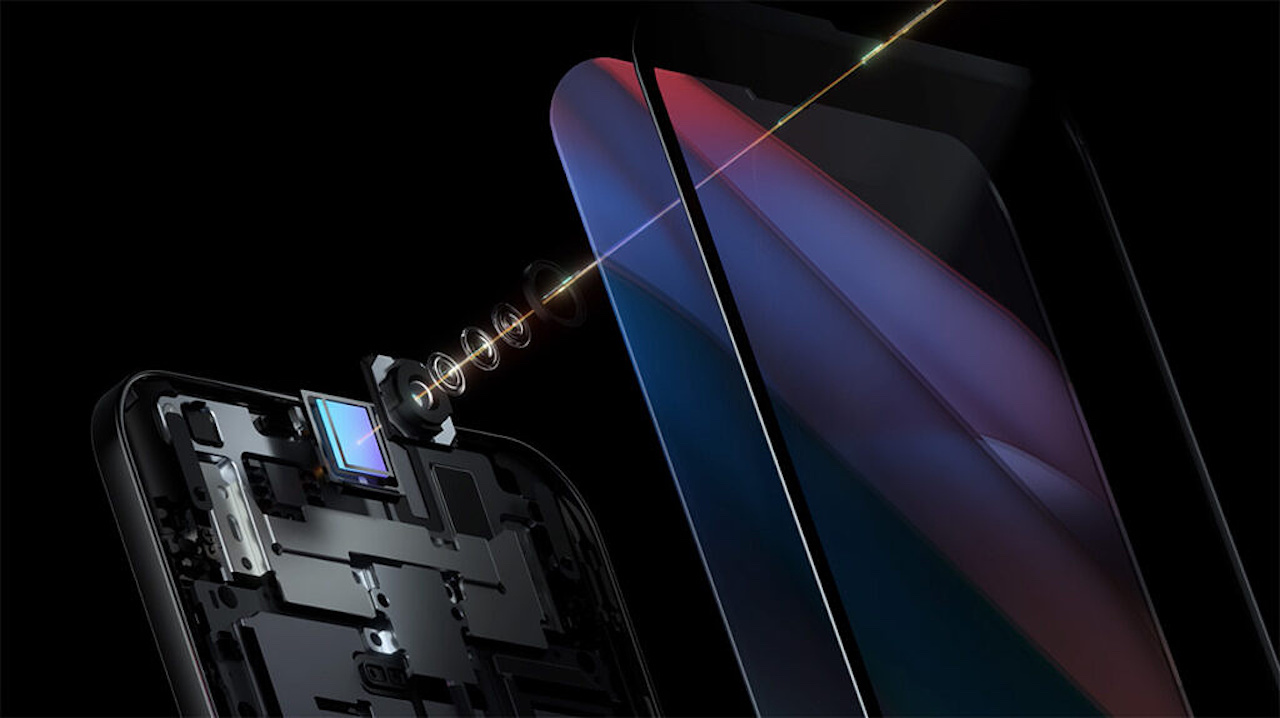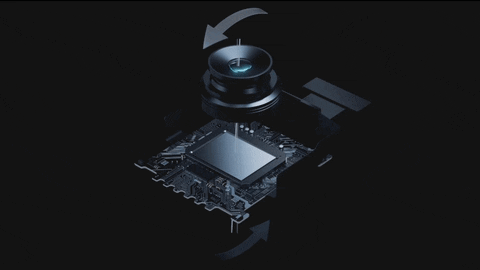OPPO introduced innovative technology in mobile photography

OPPO held a Future Imaging Technology Launch Event in Shenzhen today, where it showcased several new innovative cameras. The company gave a closer look at the third-generation sub-display camera it talked about earlier this month, as well as the new RGBW sensor, 85-200mm continuous optical zoom camera, and five-axis OIS. Here's a quick overview of all OPPO's camera innovations:
Next Generation RGBW Sensor
OPPO's next generation RGBW sensor promises a significant improvement in light sensitivity as it features additional white subpixels, DTI technology and OPPO's developed 4-in-1 pixel algorithm. With these improvements, the new RGBW sensor captures 60% more light than previous sensors and provides up to 35% noise reduction for sharper, brighter images in low-light conditions.

85-200mm Continuous Optical Zoom Camera
OPPO's new 85-200mm Continuous Optical Zoom Camera Module uses a combination of glass and plastic lenses to provide a smooth optical zoom. The module is equipped with two ultra-thin high-precision aspherical glass lenses to enhance optical effects such as minimizing stray light. It also features a tunnel magnetoresistance sensor (TMR sensor), which enables more stable and accurate lens movement within the module. In addition, the module is equipped with an advanced guide shaft motor that increases the dynamic tilt at which the lens system can move, thereby providing continuity at higher magnifications.

Five-Axis Optical Image Stabilization
The new Five-Axis Optical Image Stabilization (OIS) from OPPO allows the camera system to receive motion data from the gyroscope and use it to provide better stability. This data is transmitted to the module's two moving components, the lens and image sensor, which are driven by ball bearing motors and shape memory alloys, respectively.

Proprietary sub-display camera algorithms
Earlier this month, OPPO demonstrated its third-generation sub-display camera solution. Today, the company unveiled new algorithms to support an under-screen camera. These algorithms will help reduce diffraction, prevent condensation, improve HDR and AWB to optimize images taken with the new sub-screen camera.
Source: OPPO